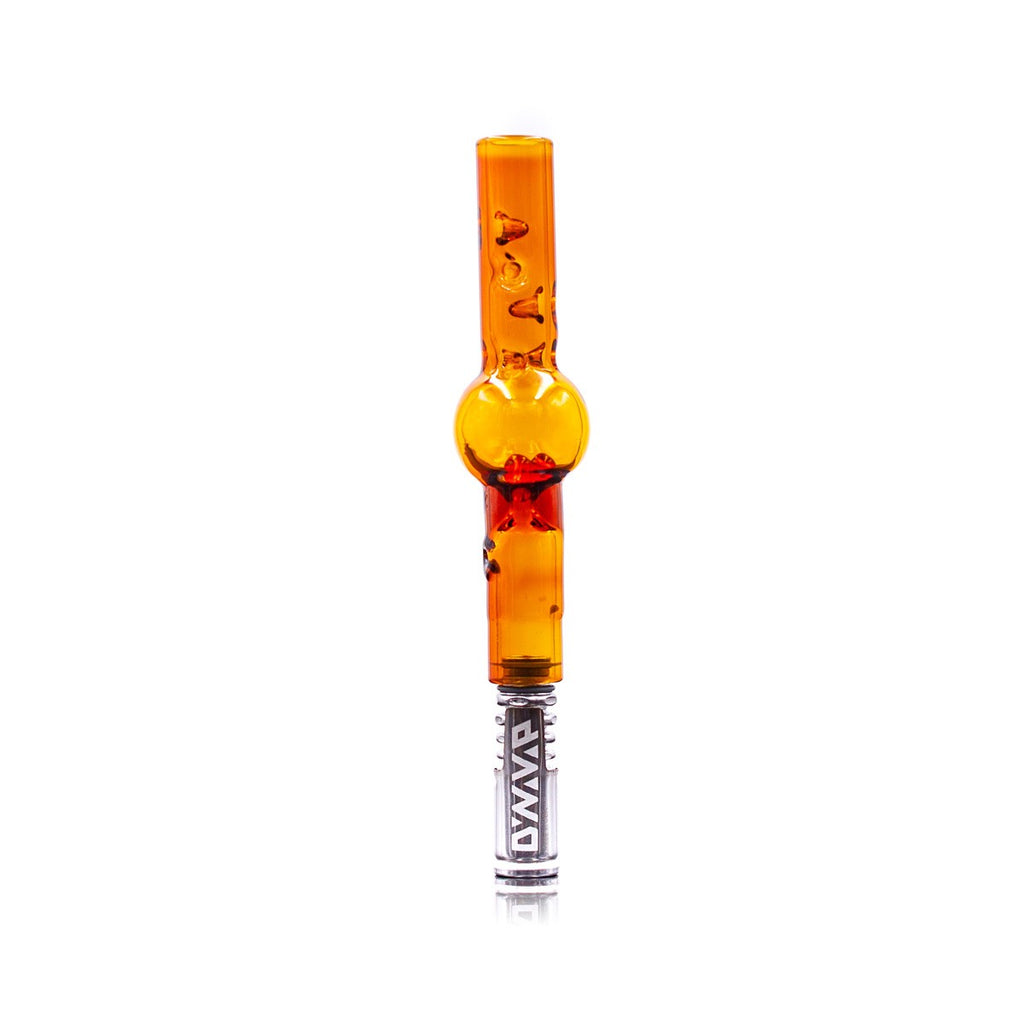I use the M7/M7XL—mainly the M7XL—heated exclusively with the Wand. Using the black Wand insert, I’m heating the cap, and it works consistently great every time. I‘ve found no need to heat the bottom.
Also, I picked up a Halo tip, and this works great with the M7XL. I’d say, paired this way, it’s generally kind of an upgrade to the M7XL. The only thing about this tip from my experience, is that it sometimes doesn’t heat up with the Wand and black insert. When this happens, the Wand light keeps blinking, there is no click, and no heating occurs. If I use the Wand open without the black insert, the Halo tip heats up consistently every time. My guess is the Wand, at least when using the black insert, doesn’t always interact well with the the Ti material of the Halo tip. I don’t know the science behind this. It’s just my speculation based on experience.
Finally, for a good look at how the Halo tip offers an alternative type of upgrade to the M7XL, Lee at Table Top Bong, explains it well.
Stock or with the option of adding a Halo tip, the M7XL (used with the Wand) is a very nice and effective device! Thanks TigoleBitties for initially recommending the M7/XL to me a ways back!!













